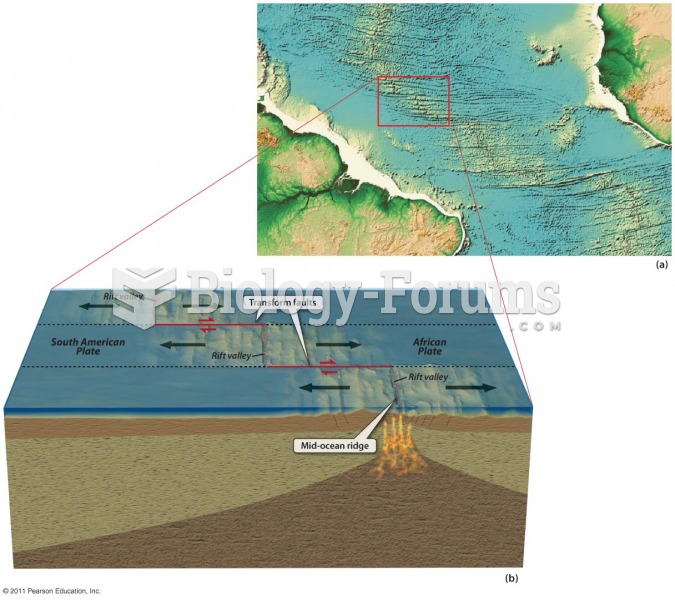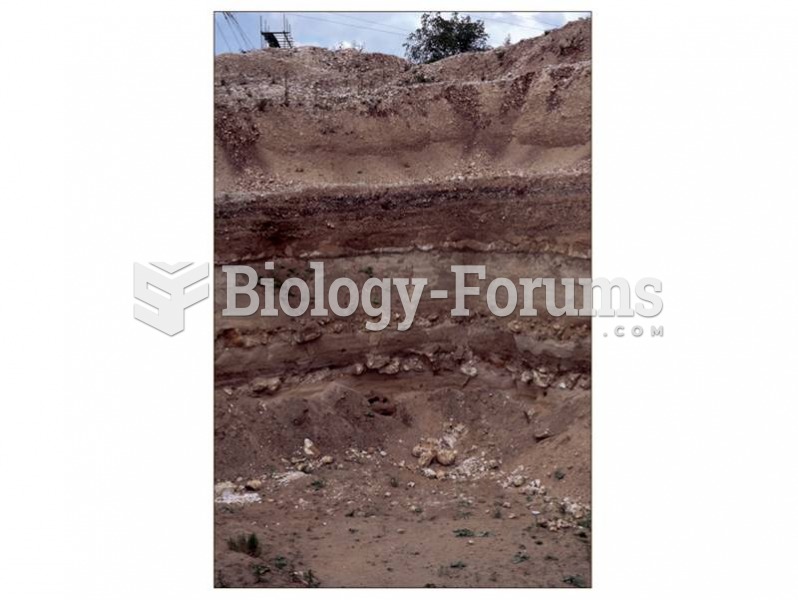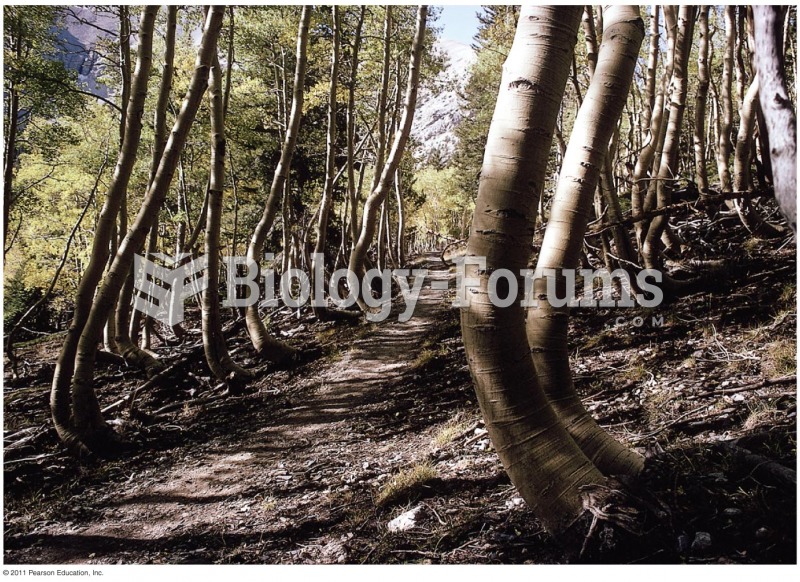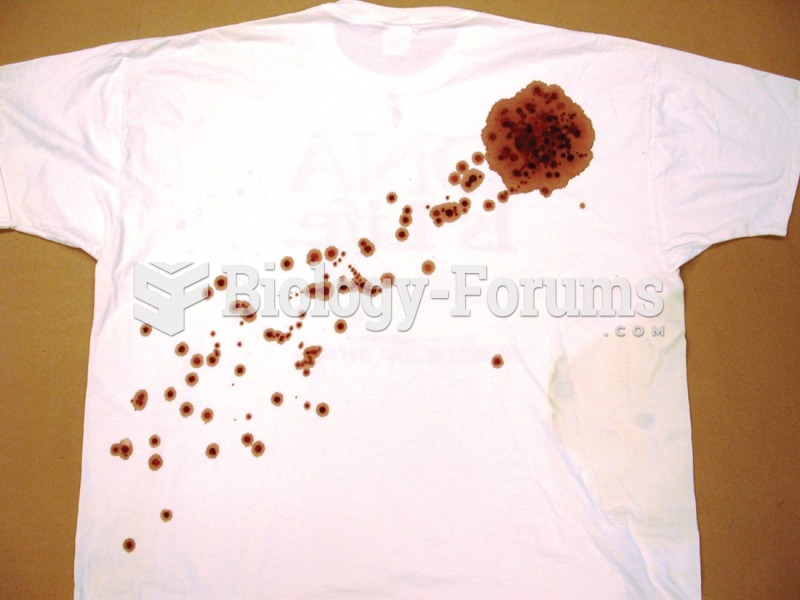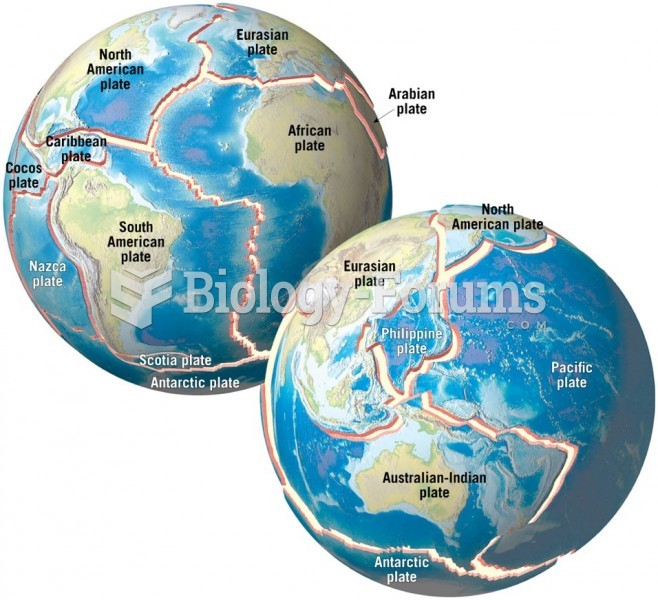Answer to Question 1
Transform plate boundaries are a special type of strike-slip fault along which plate motion from one boundary segment is transformed to the next segment. The direction and velocity of strike-slip displacement on transform boundaries are consistent with the motions predicted by plate tectonics. Most transform boundaries are short faults between mid-ocean ridge segments. Transform faults line up with tectonically inactive fracture zones that separate lithosphere of different age, thickness, and elevation but belong to the same plate and move in the same direction at the same velocity.
Answer to Question 2
Answer: The Wadati-Benioff zone of earthquake foci outlines subducted plates descending at an angle from deep-sea trenches into the asthenosphere. Seismic tomography shows subducted plates as inclined zones of unusually fast seismic velocity in the asthenosphere. Subduction zones also coincide with areas of low heat flow. These data reveal the cold, dense plates sinking into the asthenosphere at subduction zones. Metamorphic fluids released from the subducted plate cause melting in the surrounding asthenosphere. Magma intruding into the overriding lithosphere accounts for volcanic activity, high heat flow, and high-temperature metamorphism. Subduction is possible where old lithosphere is denser than asthenosphere. Metamorphism of mafic crust to eclogite further increases the density of the subducting plate and pulls it downward in the asthenosphere like an anchor. Where continental plates collide, high mountain ranges form because thick, low-density continental lithosphere cannot subduct. Oceanic lithosphere is continuously consumed at convergent plate boundaries so there is no ocean floor older than 180 million years. Continental crust cannot subduct and is mostly more than 1 billion years old.


